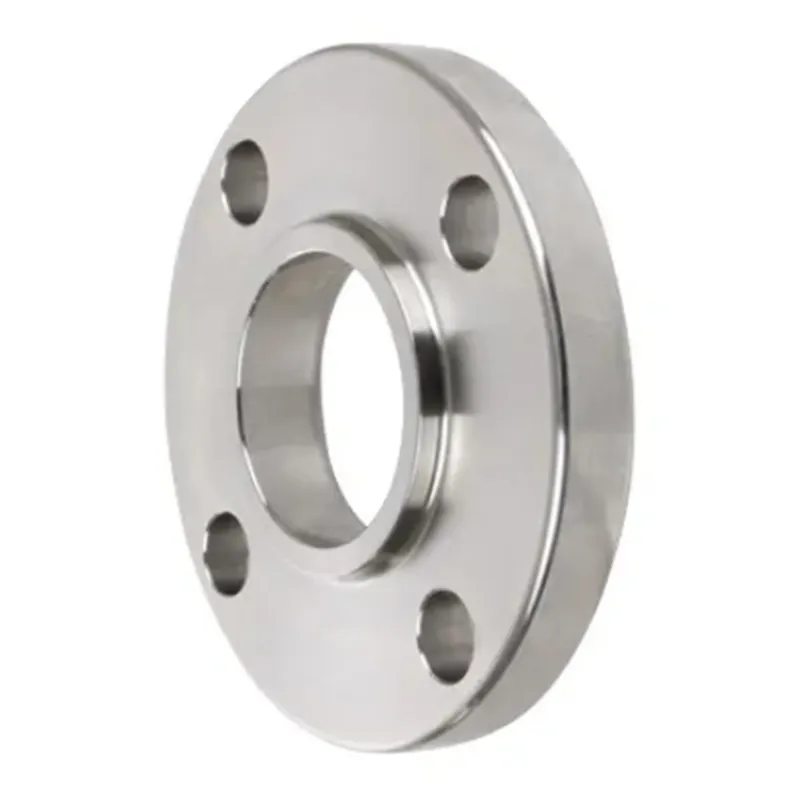-
Cangzhou Yulong Steel Co., Ltd.
-
Phone:
+86 13303177267 -
Email:
admin@ylsteelfittings.com
- English
- Arabic
- Italian
- Spanish
- Portuguese
- German
- kazakh
- Persian
- Greek
- French
- Russian
- Polish
- Thai
- Indonesian
- Vietnamese
- Zulu
- Korean
- Uzbek
- Hindi
- Serbian
- Malay
- Ukrainian
- Gujarati
- Haitian Creole
- hausa
- hawaiian
- Hebrew
- Miao
- Hungarian
- Icelandic
- igbo
- irish
- Japanese
- Javanese
- Kannada
- Khmer
- Rwandese
- Afrikaans
- Albanian
- Amharic
- Armenian
- Azerbaijani
- Basque
- Belarusian
- Bengali
- Bosnian
- Bulgarian
- Catalan
- Cebuano
- China
- China (Taiwan)
- Corsican
- Croatian
- Czech
- Danish
- Esperanto
- Estonian
- Finnish
- Frisian
- Galician
- Georgian
- Kurdish
- Kyrgyz
- Lao
- Latin
- Latvian
- Lithuanian
- Luxembourgish
- Macedonian
- Malgashi
- Malayalam
- Maltese
- Maori
- Marathi
- Mongolian
- Myanmar
- Nepali
- Norwegian
- Norwegian
- Occitan
- Pashto
- Dutch
- Punjabi
- Romanian
- Samoan
- Scottish Gaelic
- Sesotho
- Shona
- Sindhi
- Sinhala
- Slovak
- Slovenian
- Somali
- Sundanese
- Swahili
- Swedish
- Tagalog
- Tajik
- Tamil
- Tatar
- Telugu
- Turkish
- Turkmen
- Urdu
- Uighur
- Welsh
- Bantu
- Yiddish
- Yoruba

Nov . 30, 2024 07:51 Back to list
Different Types of Flanges Illustrated with Images for Easy Understanding
Understanding Different Types of Flanges with Pictures
Flanges are critical components in piping systems, serving as the connection point between two pipes, valves, or equipment. They play a key role in ensuring the integrity and efficiency of fluid transport. With various types of flanges available, each designed for specific applications and conditions, understanding their characteristics and suitable use cases is essential. In this article, we will explore some common types of flanges, providing insights into their designs and applications.
1. Weld Neck Flange
The weld neck flange is recognizable by its long tapered neck that gradually widens to match the pipe diameter. This design facilitates a smooth transition from the pipe to the flange, thereby minimizing turbulence and stress concentration. Weld neck flanges are typically used in high-pressure applications and environments, such as oil and gas pipelines. They allow for easy alignment and are known for providing a strong, reliable connection.
2. Slip-On Flange
Slip-on flanges are designed to simply slide over the pipe's end before being welded in place. This type of flange is easy to install and is commonly used in low-pressure applications. Due to their relatively lower strength compared to weld neck flanges, they may not be used in high-stress situations. However, their flexibility and cost-effectiveness make them a popular choice in water supply systems and general piping industries.
3. Blind Flange
As the name suggests, a blind flange is a solid plate that covers the end of a piping system or a vessel, effectively sealing it off from the environment. It serves as an excellent option for piping systems that need to be closed off for maintenance or future extensions. Blind flanges are crucial in high-pressure applications where pipe ends must be securely sealed to prevent leaks.
types of flanges with pictures

Socket weld flanges have a socket, or recess, into which the pipe is inserted before welding. This design provides a strong connection suitable for high-pressure applications. The socket weld style allows for smooth internal surfaces, minimizing turbulence in the flow. These flanges are primarily used in small-diameter pipes and are often found in chemical and petrochemical industries.
5. Lap Joint Flange
Lap joint flanges require a stub end to attach the flange. This connection style allows for flexibility in alignment, making lap joint flanges suitable for applications where frequent disassembly is required. They are commonly used in piping systems where components may need to be easily removed, such as in power plants or water treatment facilities.
6. Threaded Flange
Threaded flanges feature internal threads that allow them to be screwed onto pipes with corresponding threads. This style eliminates the need for welding, making them an ideal choice for systems where welding is impractical or undesirable. Threaded flanges are often used in low-pressure applications and where disassembly is required, such as in gas piping systems.
7. Orifice Flange
Orifice flanges are used to measure the flow rate of fluids within a pipeline. They feature a specially designed opening that allows for differential pressure measurement. These flanges are essential for flow measurement in various industries, including oil and gas, water treatment, and chemical processing.
Conclusion
Flanges are indispensable components of modern piping systems, and understanding the various types available can significantly impact the efficiency and safety of fluid transport. Each type of flange has unique features and applications, making them suitable for different operational environments. By choosing the right flange, engineers and technicians can ensure optimal performance and reliability in their piping systems. As technology advances, it’s essential to stay informed about new materials and designs in flange technology to meet evolving industrial needs. Selecting the appropriate flange based on specific requirements will not only enhance performance but also contribute to long-term cost savings.
Latest news
-
ANSI 150P SS304 SO FLANGE
NewsFeb.14,2025
-
ASTM A333GR6 STEEL PIPE
NewsJan.20,2025
-
ANSI B16.5 WELDING NECK FLANGE
NewsJan.15,2026
-
ANSI B16.5 SLIP-ON FLANGE
NewsApr.19,2024
-
SABS 1123 FLANGE
NewsJan.15,2025
-
DIN86044 PLATE FLANGE
NewsApr.19,2024
-
DIN2527 BLIND FLANGE
NewsApr.12,2024
-
JIS B2311 Butt-Welding Fittings LR/SR 45°/90° /180°Seamless/Weld
NewsApr.23,2024











